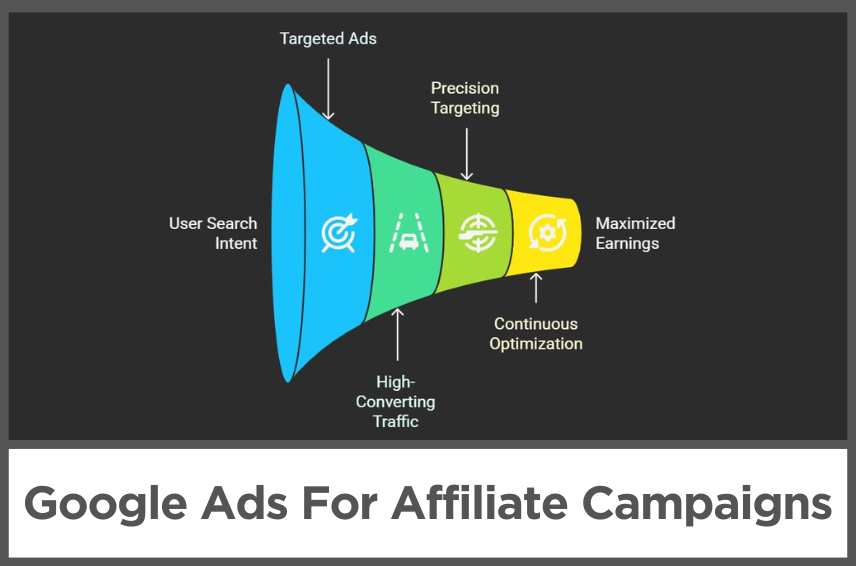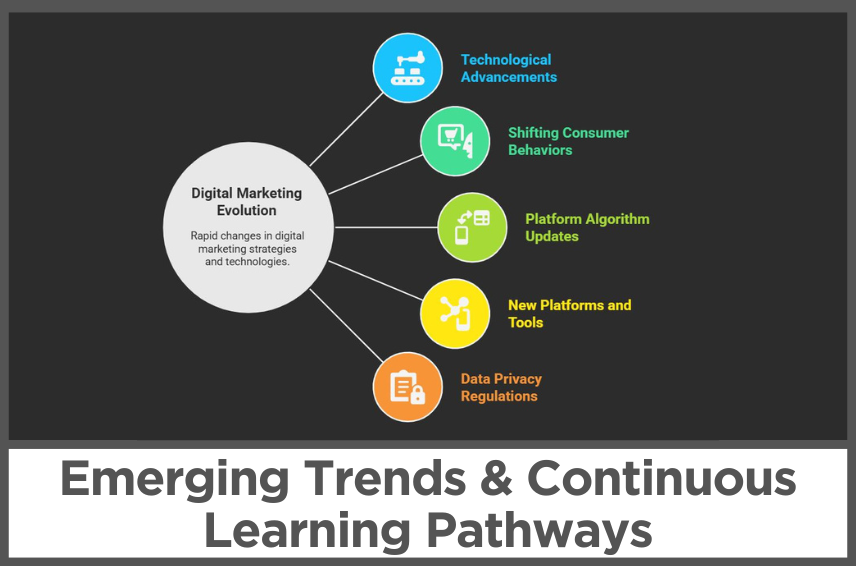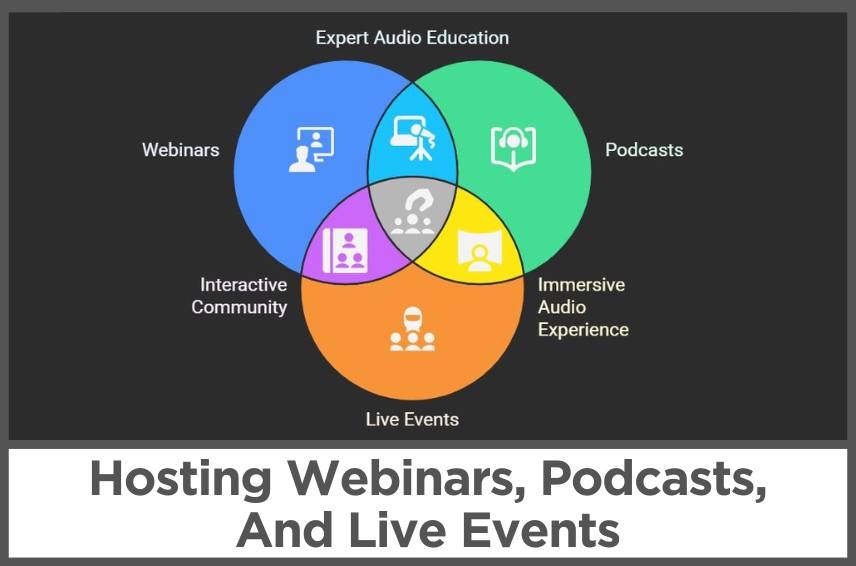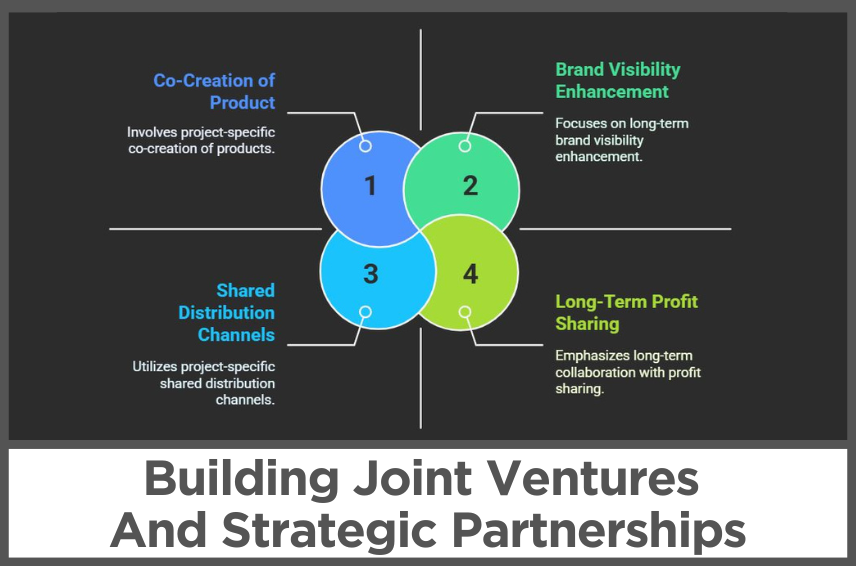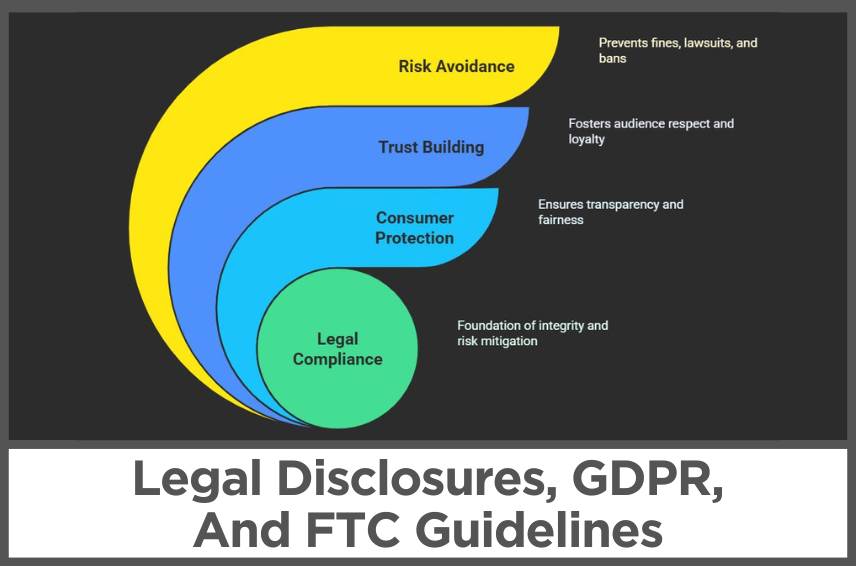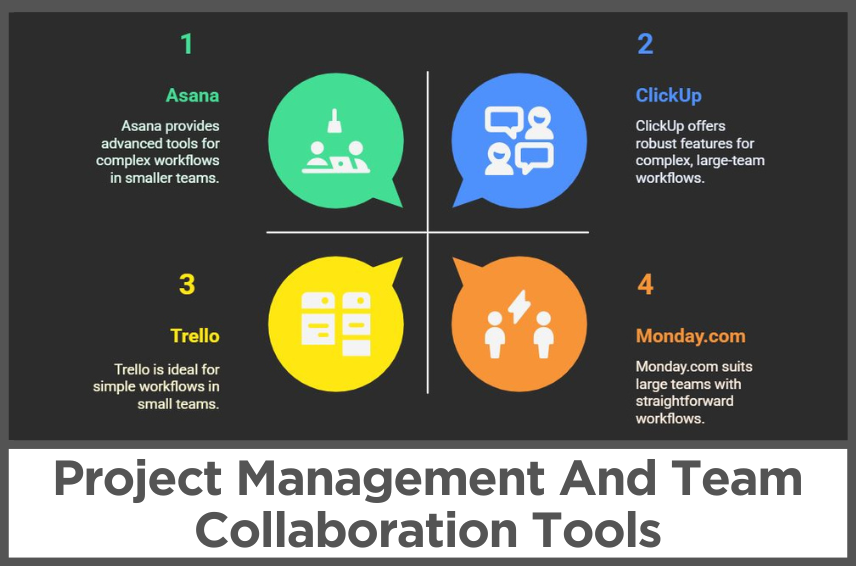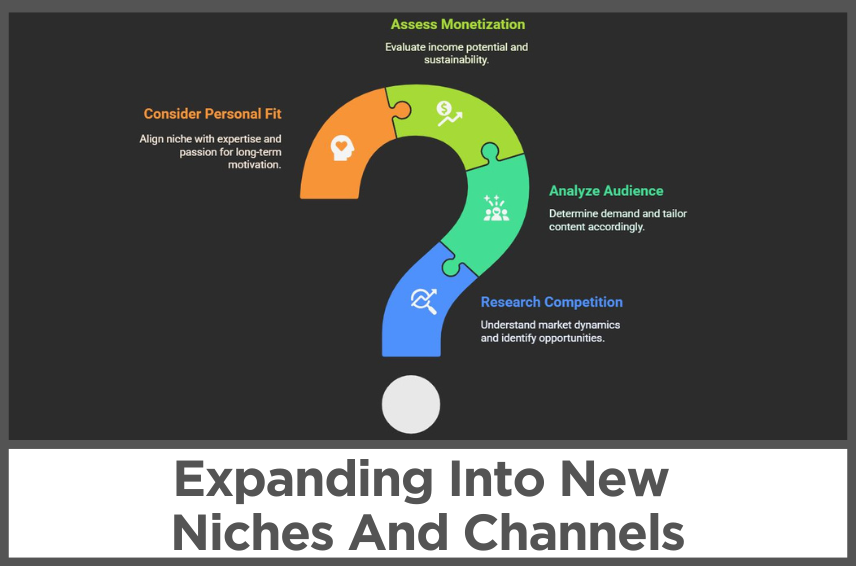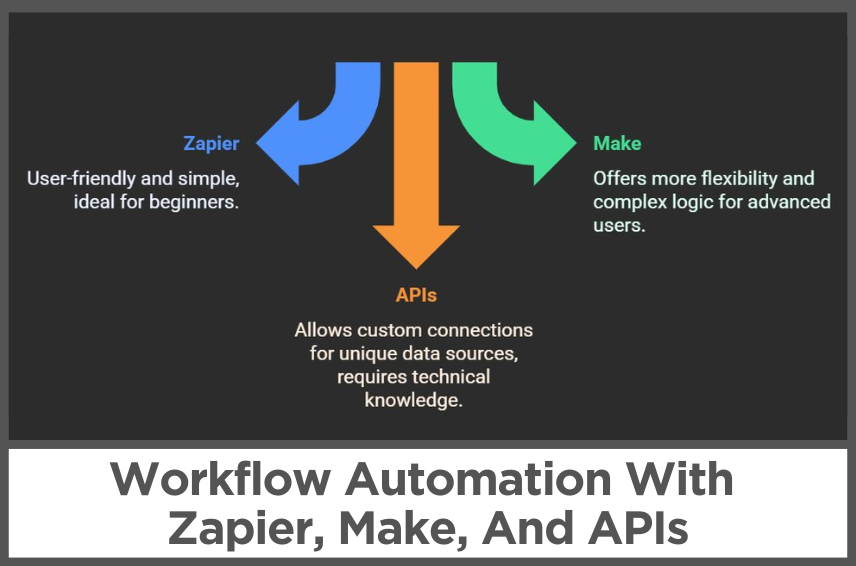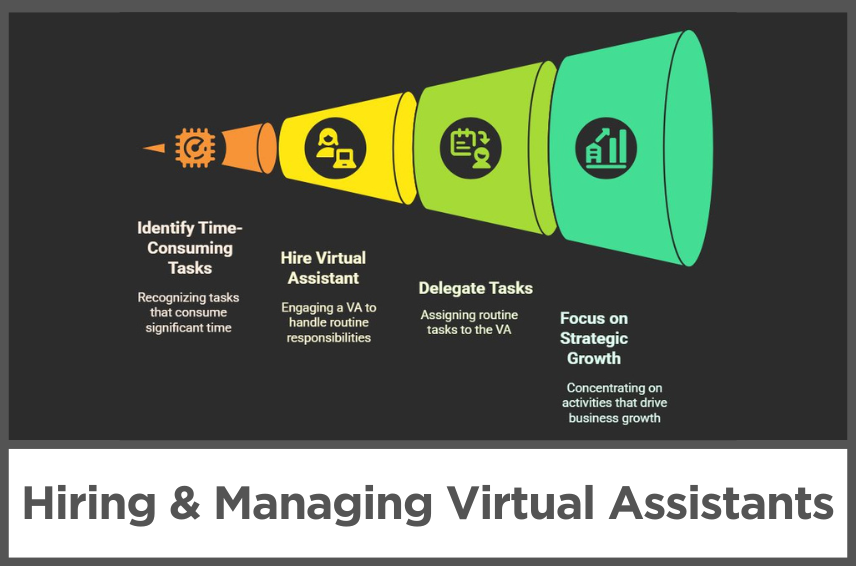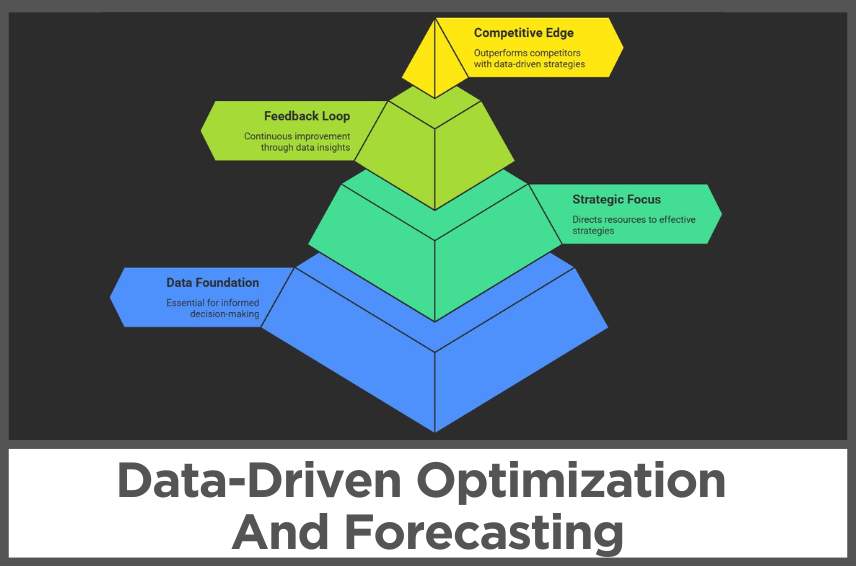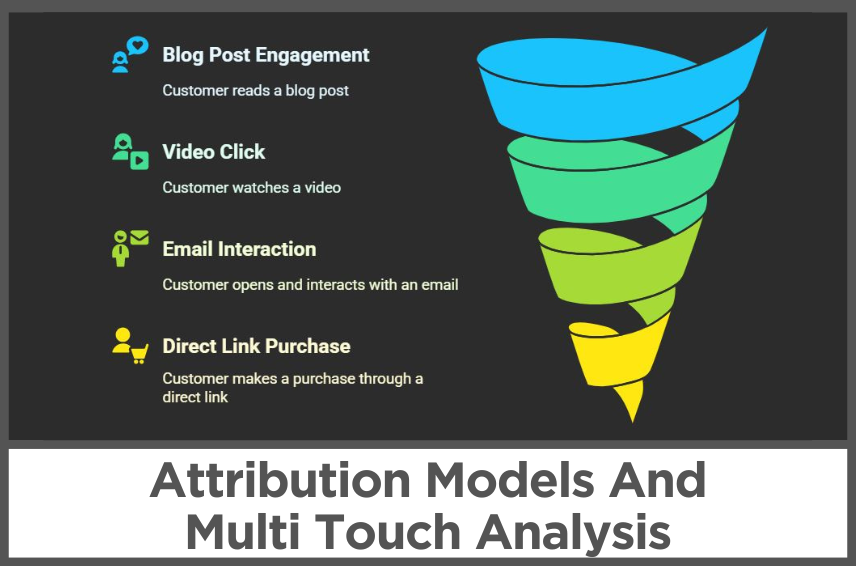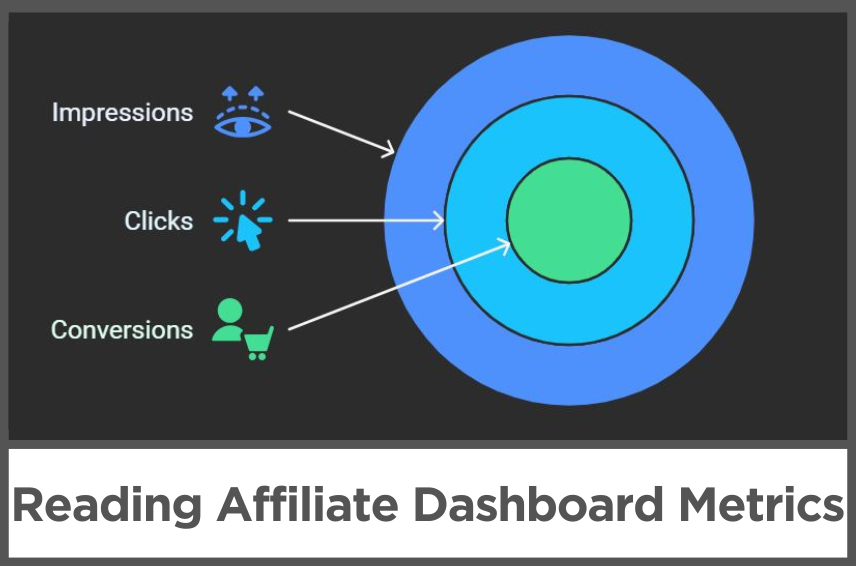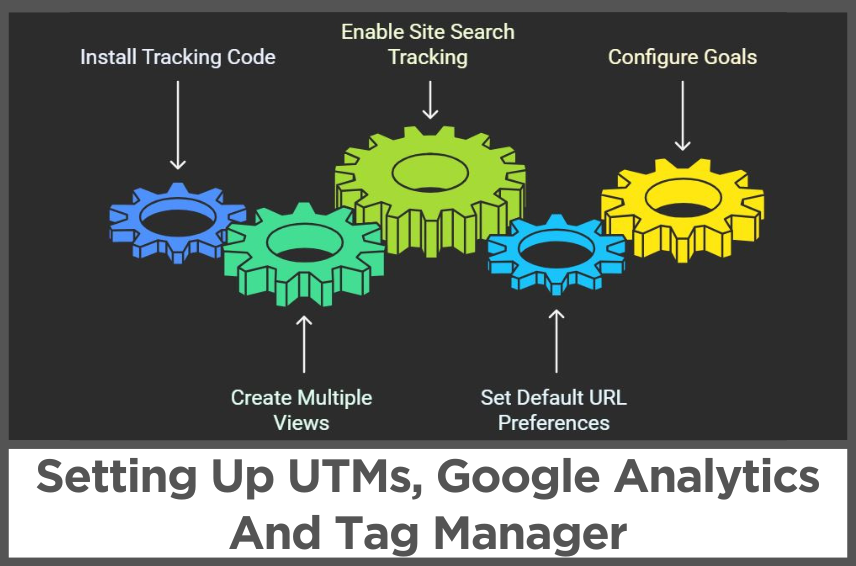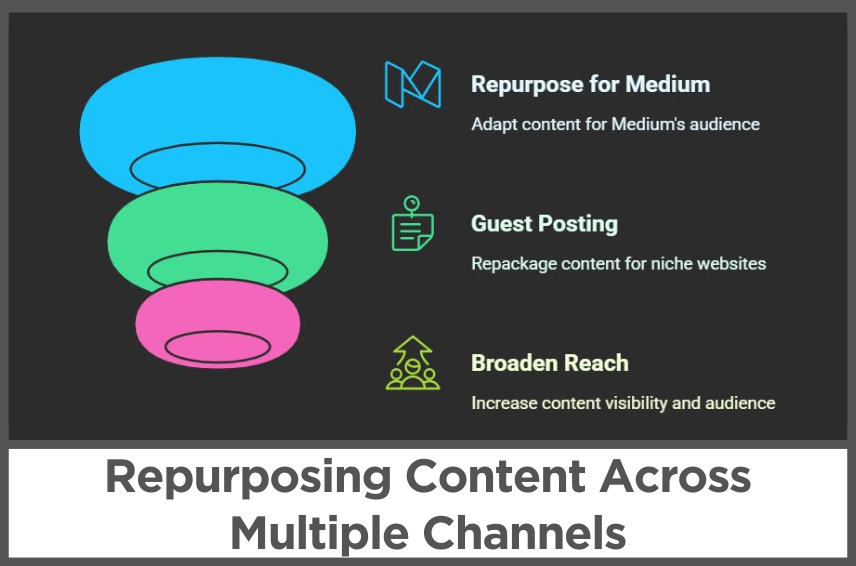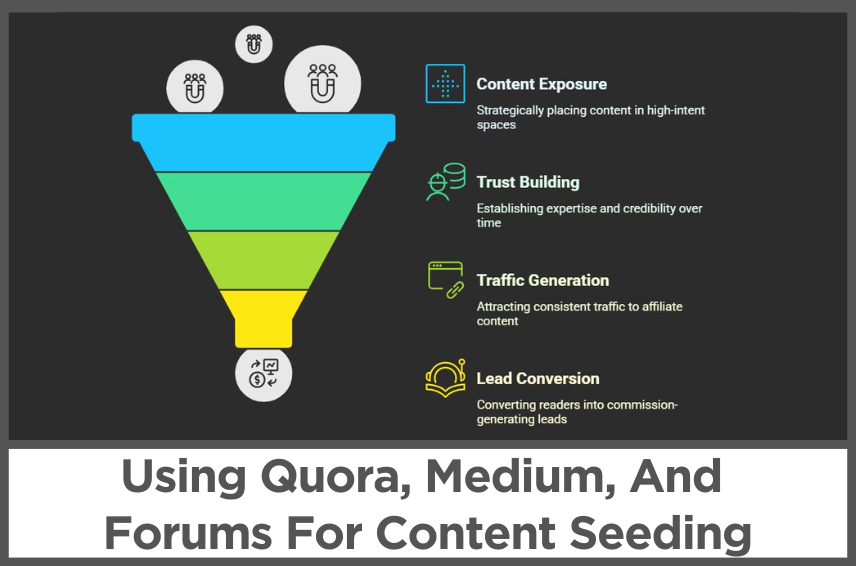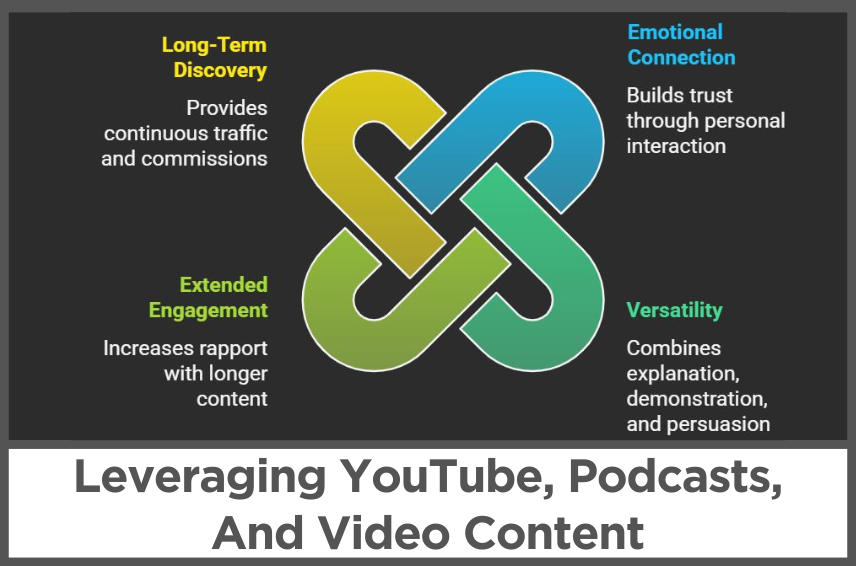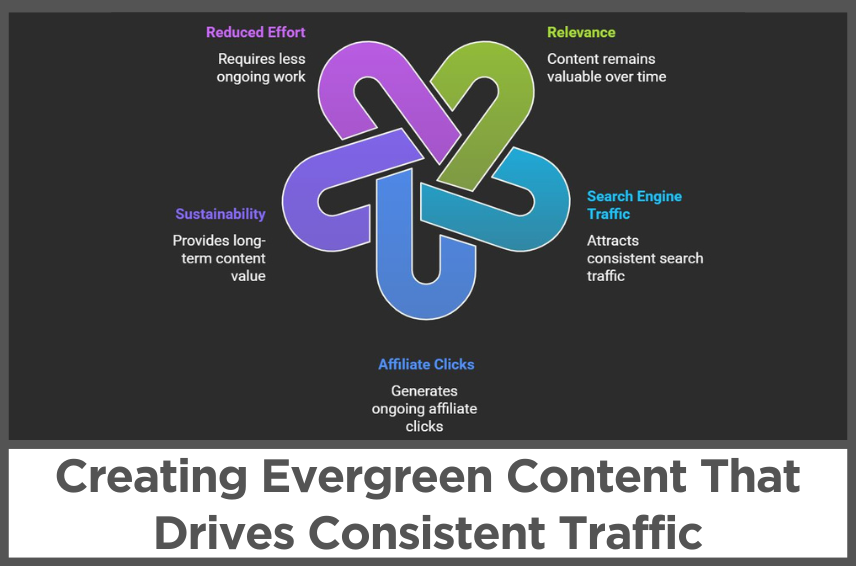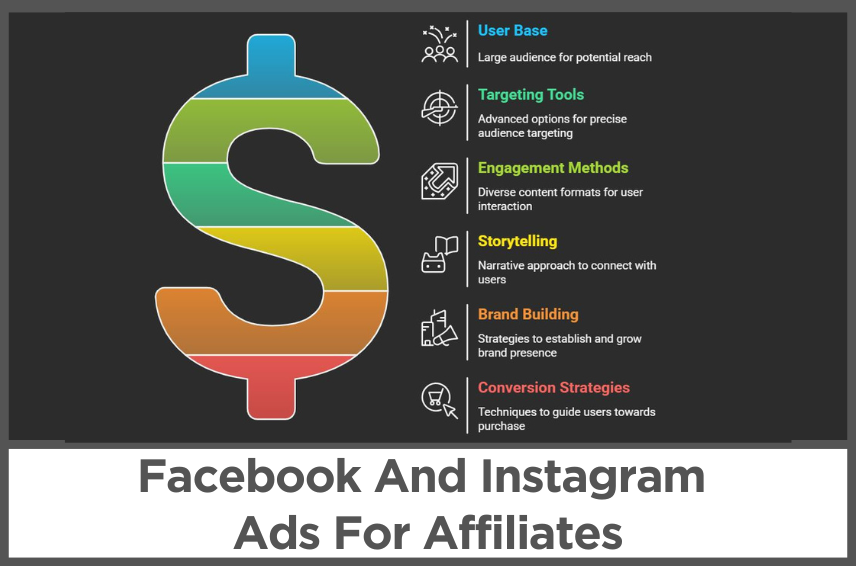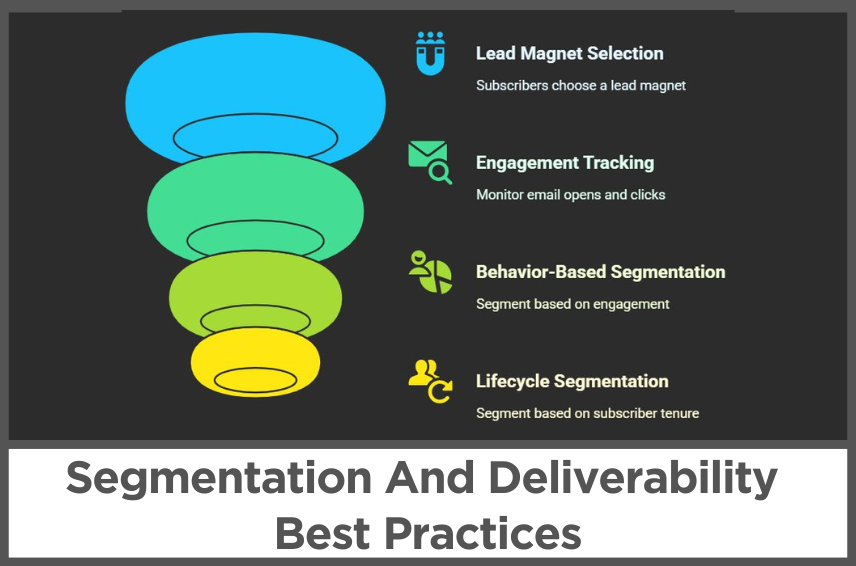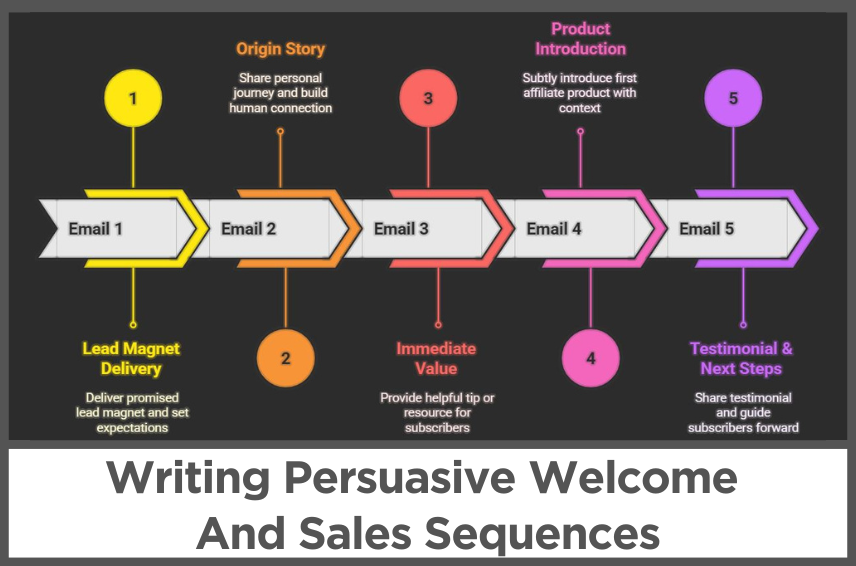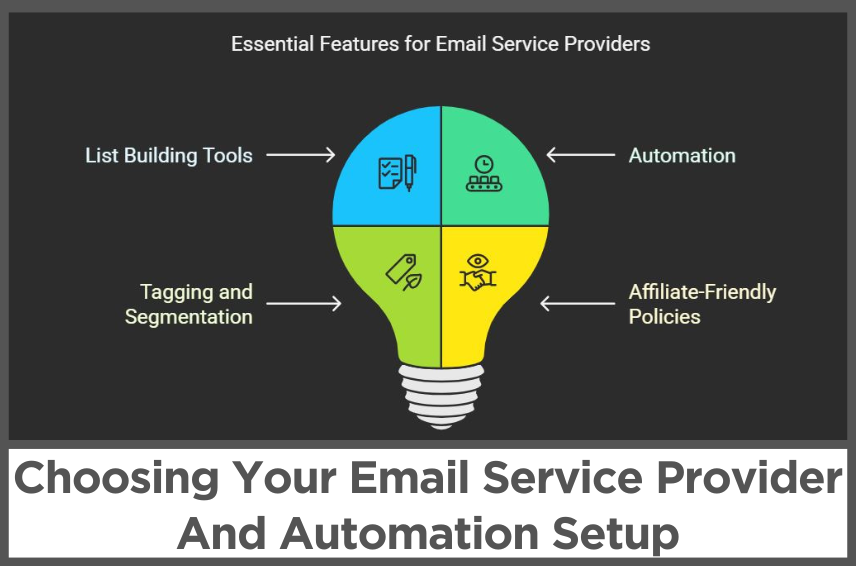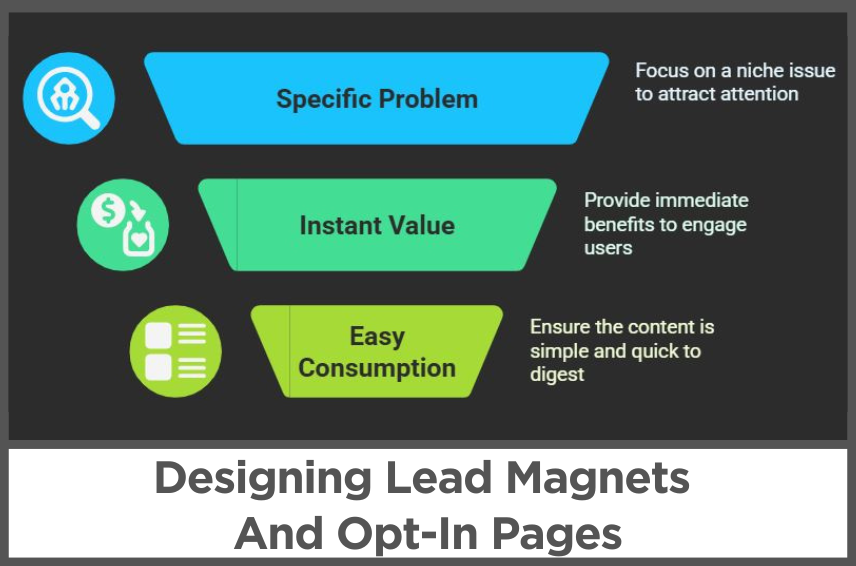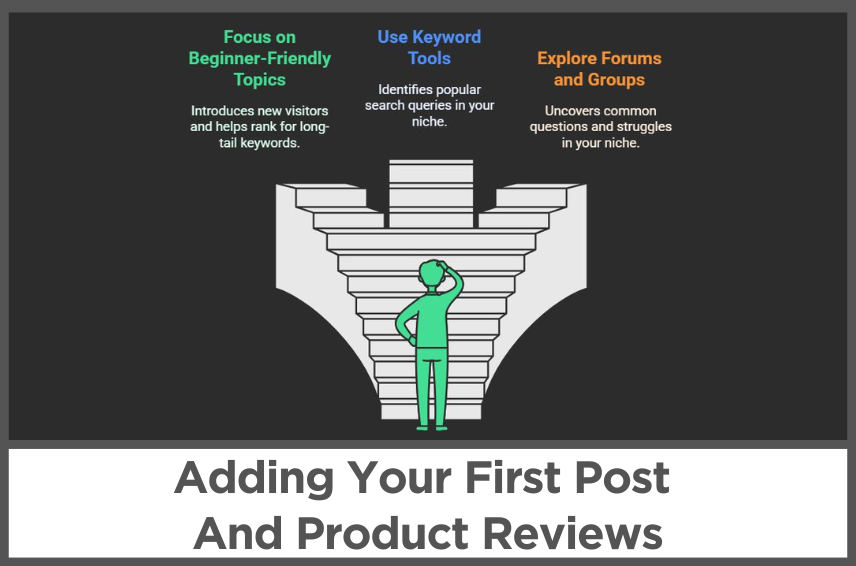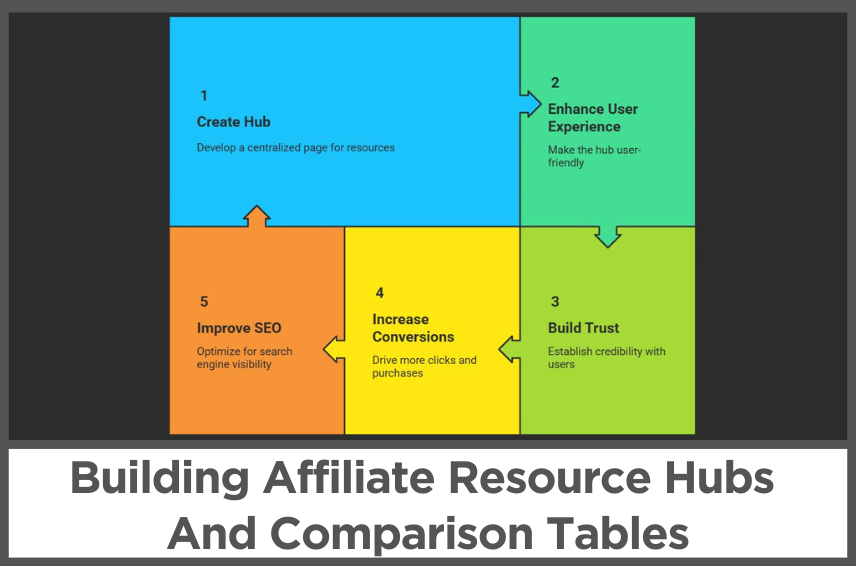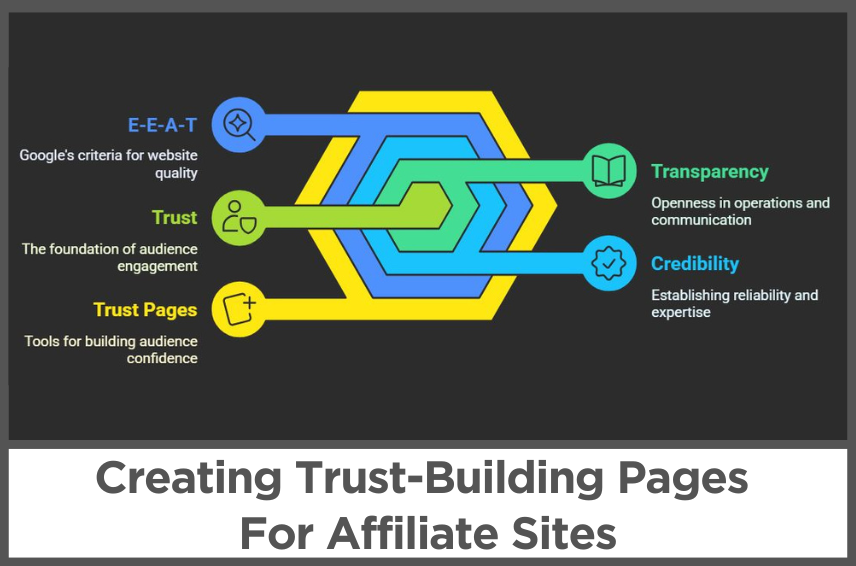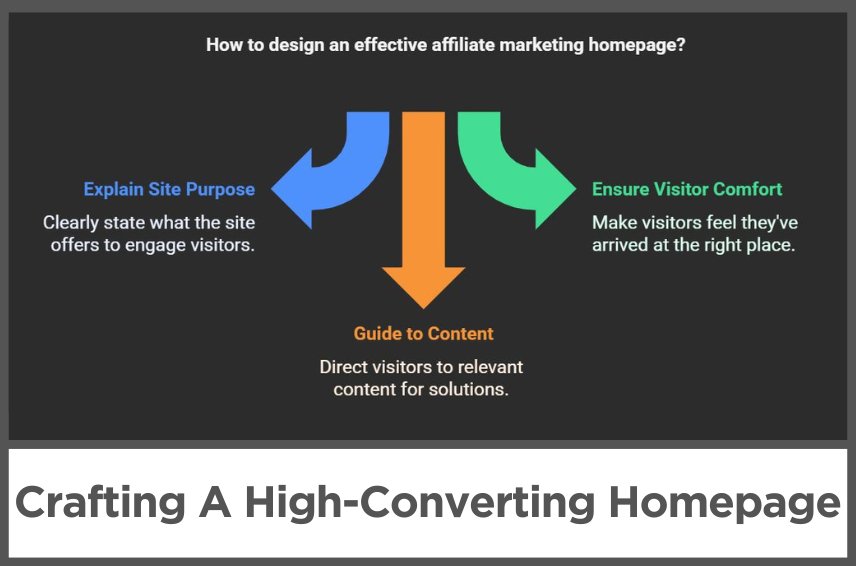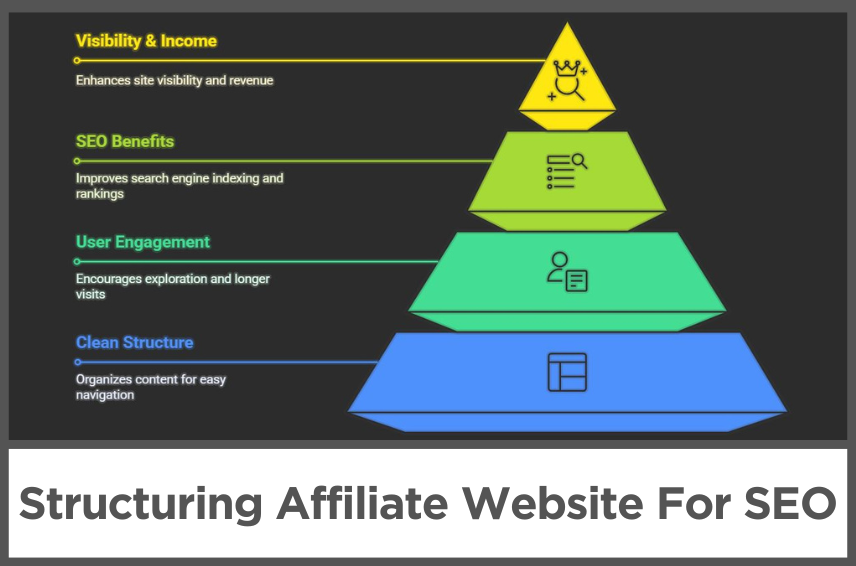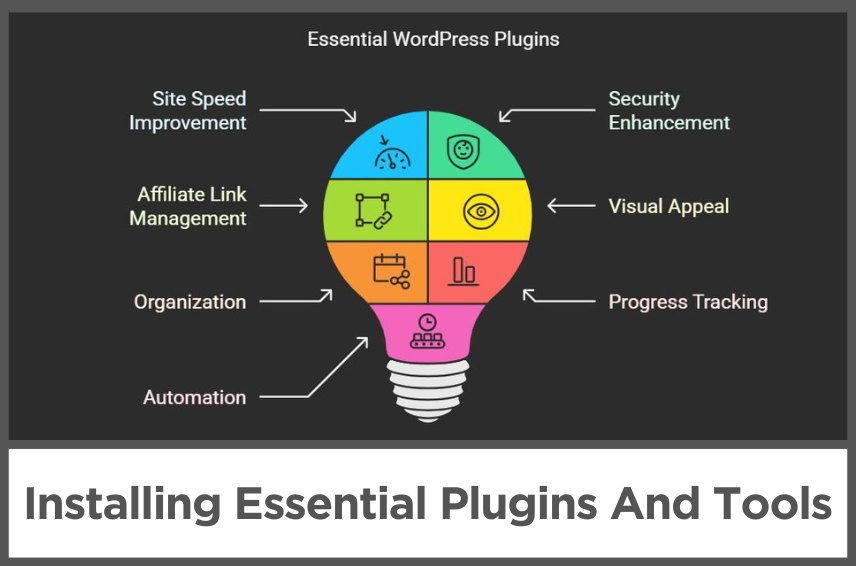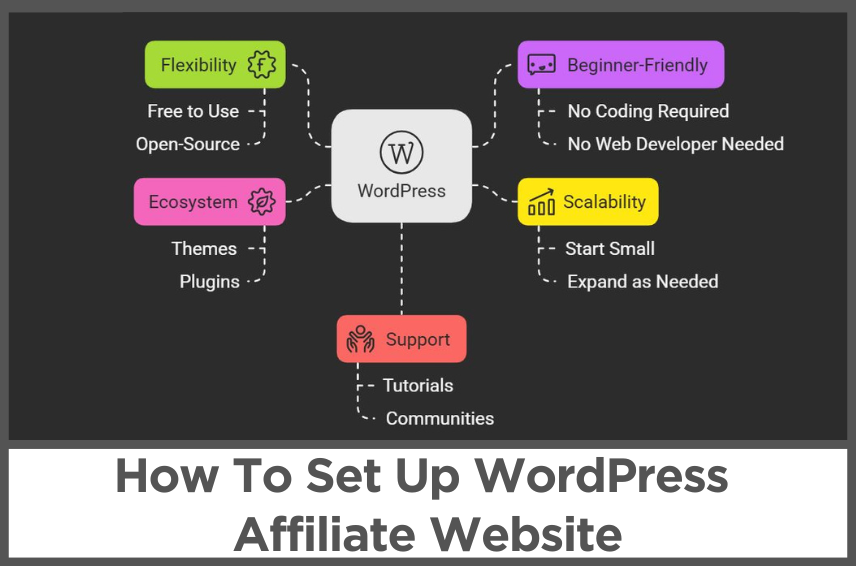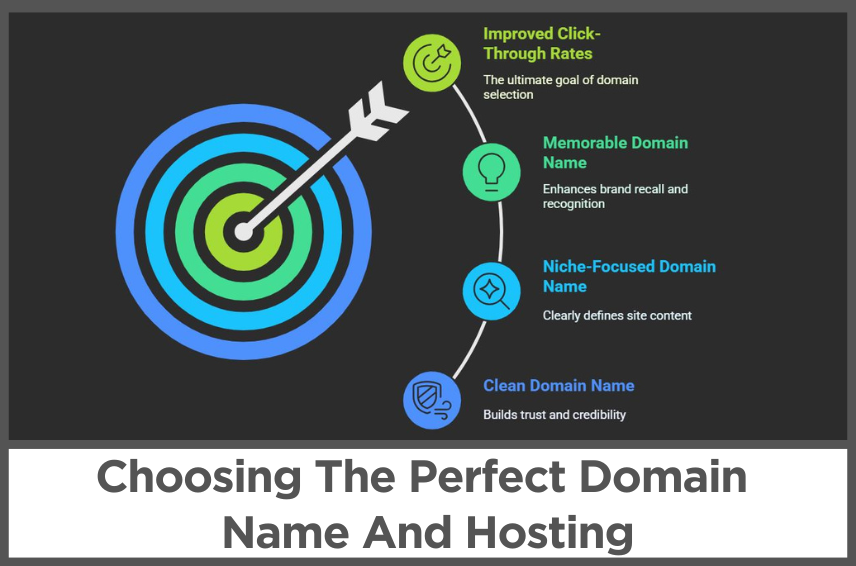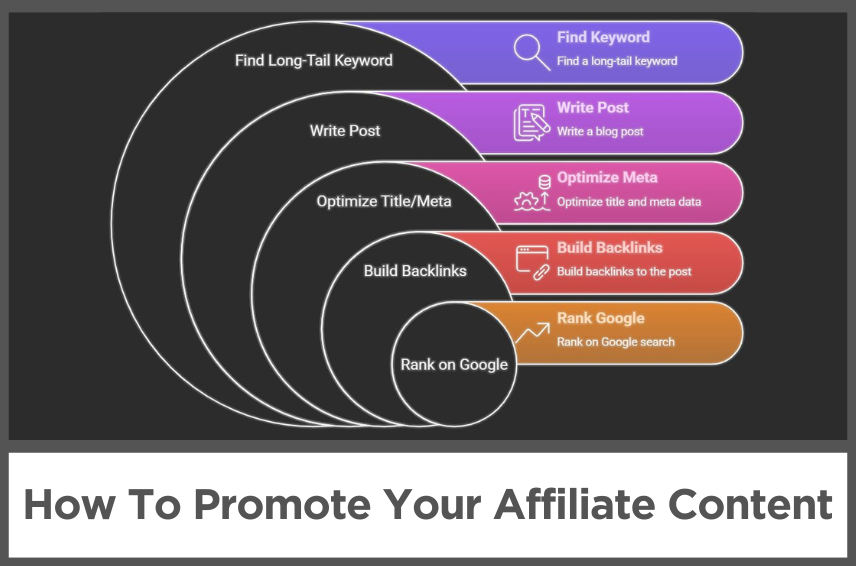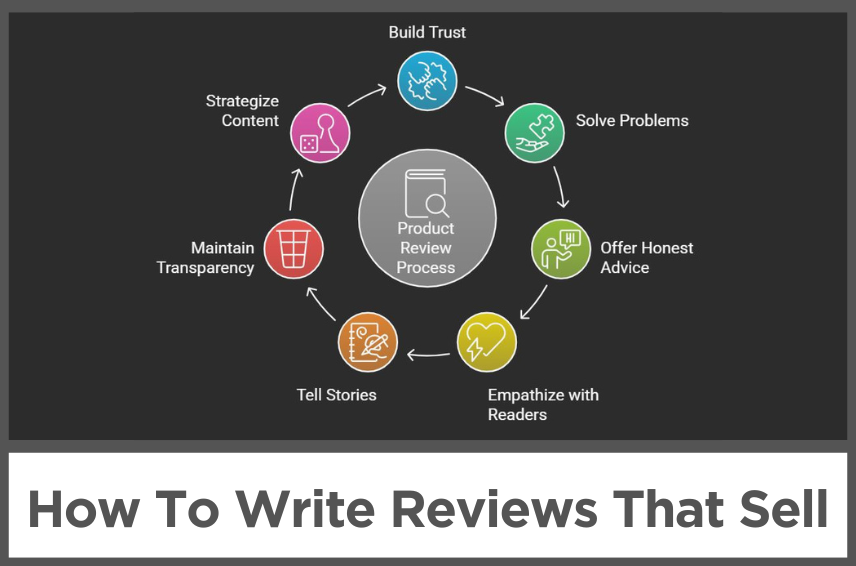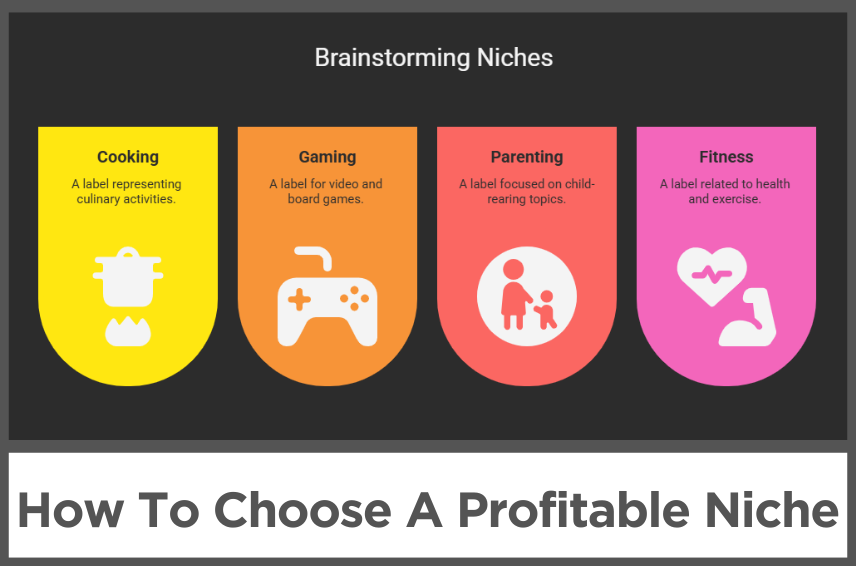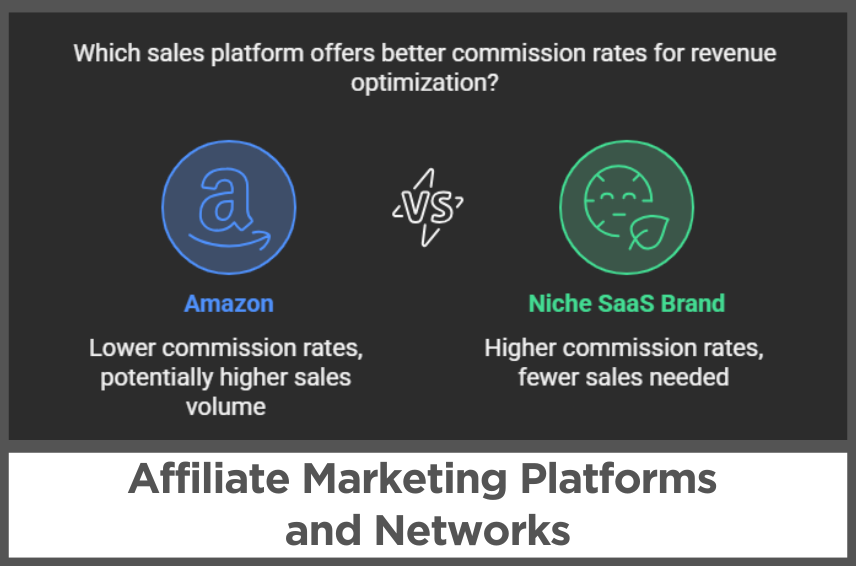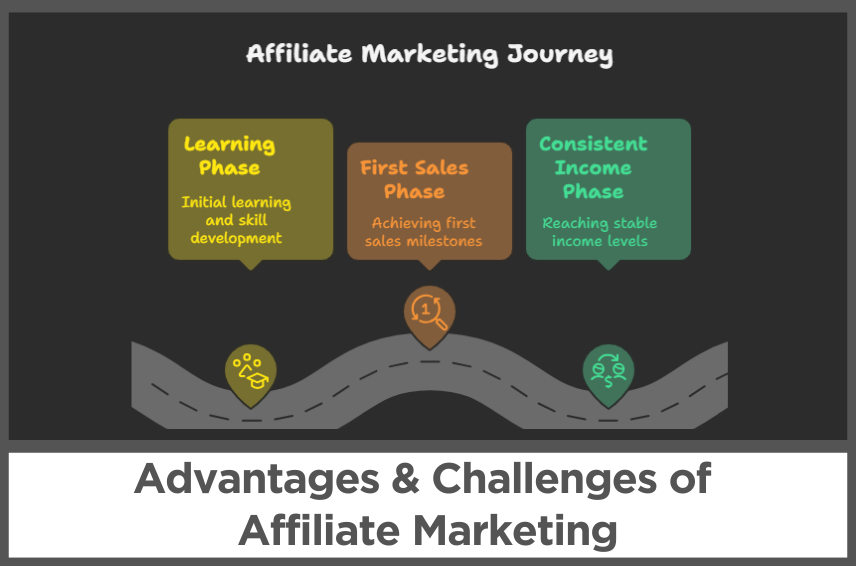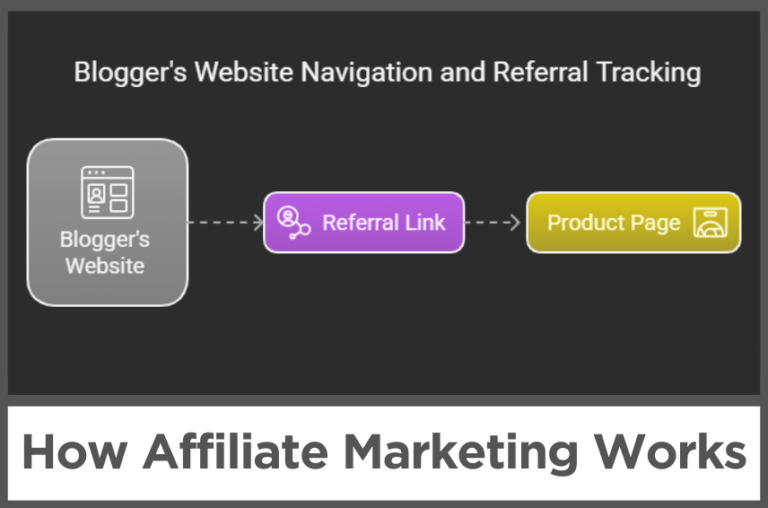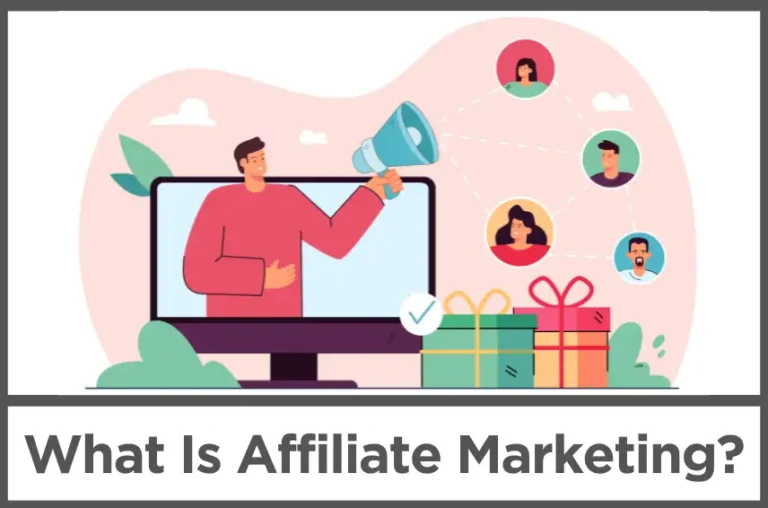M6.C1: Google Ads For Affiliate Campaigns
by Abhigyan
If you’ve mastered organic traffic strategies and email marketing, the next powerful tool to grow your affiliate income is paid advertising—specifically, Google Ads.
With billions of searches happening every day, Google Ads offers a massive opportunity to get in front of users actively looking for solutions, products, and recommendations.
When done right, this platform can drive laser-targeted traffic directly to your affiliate content or landing pages and turn curious searchers into loyal buyers.
But with great opportunity comes the need for smart strategy.
Google has strict rules when it comes to affiliate links and promotional content, and spending money without a clear plan can quickly lead to wasted budgets and poor results.
That’s why this chapter is all about teaching you how to build compliant, effective, and conversion-focused Google Ads campaigns tailored specifically for affiliate marketing.
Let’s learn the key elements that make a Google Ads campaign successful, from choosing the right keywords to writing compelling ad copy, designing effective landing pages, and tracking your results.
Disclosure: Some of the links I share might be affiliate links. If you click on one and make a purchase, I may earn a small commission as a thank you. But don’t worry, it won’t cost you anything extra. I only recommend stuff I genuinely believe in. Your support helps me keep creating awesome content. You can read my full affiliate disclosure in my disclaimer page.
IN THIS POST :
ToggleWhy Use Google Ads For Affiliate Marketing?
Google Ads provides a unique advantage for affiliate marketers because it allows you to target users who are already actively searching for solutions.
Unlike social media advertising where users may stumble upon your content while scrolling, Google Ads places your promotions in front of people with clear intent.
This makes your campaigns more focused and your traffic more likely to convert.
Whether someone is searching for “best VPN for streaming” or “affordable email marketing tools,” these queries signal a readiness to explore and purchase.
As an affiliate, you can meet that intent with valuable content or product recommendations that align perfectly with their needs.
This creates a high-converting environment that is difficult to replicate through organic SEO alone.
Another reason why Google Ads is so powerful for affiliate marketers is the level of control and precision it offers.
You can fine-tune your campaigns by keyword, device, time of day, location, and much more.
This helps stretch your ad budget and get the most value from every click.
Plus, Google Ads allows for continuous optimization—once you identify a winning combination of keywords, ad copy, and landing page, you can scale it up to maximize your earnings.
Choosing The Right Type Of Campaign
Google Ads offers several campaign types, but not all of them are ideal for affiliate marketing.
The most effective and beginner-friendly option is the Search Campaign, which lets you display text ads in Google’s search results when users type in relevant keywords.
These campaigns allow you to target intent-rich queries, making it easier to drive clicks and conversions.
For example, someone searching for “best gaming mouse under $50” is likely further along in the buying process than someone just browsing.
Display Campaigns, which show banner ads across websites in Google’s network, can be useful for retargeting, but they usually have lower conversion rates for cold traffic unless highly optimized.
Similarly, Video Campaigns on YouTube can be effective, but they require high-quality creative and a different approach to storytelling and calls to action.
Smart Campaigns and Performance Max might seem tempting because they promise automation, but they offer less control, which isn’t ideal for affiliate marketers who need to carefully track and tweak performance.
For most affiliates, starting with a manual Search Campaign gives you the right mix of control, precision, and learning opportunities.
Keyword Research With Purchase Intent In Mind
Instead of going broad or targeting overly competitive terms, your goal as an affiliate is to find long-tail keywords that reflect a high intent to buy or take action.
Keywords like “best noise-cancelling headphones for travel” or “cheap web hosting for WordPress” not only have lower competition but also indicate that the user is close to making a purchase decision.
Use tools like Clicks, Ubersuggest, or KWFinder to find these valuable phrases.
Start by entering a general product or niche-related keyword and then filter results to focus on search terms with commercial intent.
Phrases that include “best,” “review,” “vs,” “top,” “discount,” or “buy” are great indicators.
Once you have your keyword list, organize them into tightly themed ad groups.
This helps you create more relevant ads and landing pages, which can improve your Quality Score—a critical factor in keeping your cost per click low and your ad placement high.
Matching the right keywords with the right message is essential if you want your Google Ads to deliver consistent affiliate income.
Crafting High-Performance Ad Copy That Converts
Writing ad copy that grabs attention and drives clicks is both an art and a science.
In the limited space you get with a Google search ad, you need to communicate value, relevance, and urgency—often in under 270 characters.
The key is to match the user’s intent as closely as possible.
If someone searches for “best beginner DSLR camera,” your headline might say, “Top Beginner DSLRs Ranked – Compare Features & Prices.”
This immediately reassures the searcher that they’re in the right place.
The description should reinforce what the user can expect by clicking your ad. Highlight benefits like in-depth comparisons, expert reviews, or exclusive deals.
If you’re promoting through a blog post, mention that the article includes pros and cons, user ratings, or side-by-side charts.
Use action-driven language like “Find Your Best Match,” “Start Saving,” or “Compare Now.”
Also, take advantage of ad extensions like site links and callouts to give more information and improve click-through rates.
These extra bits of real estate can help set your ad apart from others and drive more qualified traffic to your affiliate site or landing page.
Creating Landing Pages That Align With User Intent
One of the biggest mistakes affiliates make with Google Ads is sending traffic directly to affiliate links or low-quality landing pages.
Not only does this violate Google’s policies in many cases, but it also leads to poor user experience and wasted ad spend.
Instead, you should send users to a well-designed landing page or blog post that aligns closely with the search query and adds real value before introducing the affiliate offer.
For example, if your ad targets the keyword “best email marketing tools for beginners,” your landing page should feature a well-written article or comparison that speaks directly to that topic.
Include helpful content, visuals, and clear affiliate disclosures.
Guide users through their decision-making process before gently introducing your recommended tools with affiliate links.
The goal is to build trust and encourage action. Keep your landing page layout clean, mobile-friendly, and free from excessive popups or distractions.
Fast loading speed is also crucial, as even a one-second delay can significantly reduce conversions.
A compelling call-to-action, such as “Compare Plans” or “Read Full Review,” should lead the user naturally toward the affiliate offer.
Tracking Conversions & Using Google Tag Manager
You can’t improve what you don’t track. Setting up proper conversion tracking is non-negotiable if you want to succeed with Google Ads as an affiliate.
Depending on how your affiliate program is structured, you may not be able to track direct sales from your ads due to limitations in tracking third-party sites.
However, you can still track intermediary actions like clicks on affiliate links, landing page engagement, and email signups.
Google Tag Manager (GTM) is a powerful and flexible tool that lets you manage tracking codes without editing your site’s code manually.
With GTM, you can set up triggers to track clicks on affiliate buttons, form submissions, or even scroll depth.
When integrated with Google Ads and Google Analytics, it gives you a full picture of how users are interacting with your site.
Once tracking is in place, regularly review your campaign’s performance metrics like click-through rate (CTR), cost per click (CPC), bounce rate, and conversion rate.
These insights will help you identify what’s working and what needs improvement.
A data-driven approach is the only way to scale your Google Ads campaigns profitably.
Google’s Affiliate Advertising Policies Compliance
Google has strict rules regarding affiliate advertising, and violating them can lead to account suspensions or disapproved ads.
Understanding and following these policies is critical to your long-term success.
Google generally disapproves of ads that send users directly to affiliate links or “bridge pages” that add little value.
Instead, they prefer content that is original, transparent, and genuinely helpful.
Make sure your landing pages contain substantial content that informs or educates the user before promoting a product.
Always include a clear and visible affiliate disclosure. This not only builds trust with your audience but also keeps you in compliance with advertising standards.
Avoid using misleading headlines, fake scarcity, or exaggerated claims in your ad copy.
Google evaluates your ads and landing pages together to determine relevance and quality.
Maintaining a good Quality Score not only helps you avoid penalties but also improves your ad placement and reduces your costs over time.
Optimizing & Scaling Your Winning Campaigns
Once your campaign is live and you’ve collected enough data, it’s time to move into the optimization phase.
Start by identifying which keywords and ads are bringing the best results.
Pause or adjust the ones that aren’t performing. Look for patterns in user behavior—are people clicking but not converting?
Maybe your landing page needs a stronger call-to-action or better alignment with the keyword intent.
A/B testing is your best friend here.
Try different versions of ad copy, headlines, descriptions, and even landing page layouts to see what resonates most with your audience.
Small changes can lead to big improvements over time.
When you have a campaign that’s performing well, don’t be afraid to scale it. Increase your budget gradually while keeping an eye on key performance indicators.
You can also expand your keyword list, target new geographic regions, or create new landing pages for related offers.
Google Ads is not a set-it-and-forget-it tool—it rewards those who are willing to test, tweak, and optimize.
With a disciplined approach, you can take a modest campaign and turn it into a major source of affiliate income.
What’s Next?
Now that you’ve learned how to harness the power of Google Ads for affiliate campaigns, it’s time to explore the visual and social side of paid advertising.
In the next chapter, we’ll dive into Facebook & Instagram Ads, showing you how to create thumb-stopping visuals, compelling hooks, and campaigns that convert on two of the world’s most popular social platforms.
Next Chapter:
Previous Chapter:
Abhigyan Mahanta
Hi! I’m Abhigyan, a remote web developer and an affiliate blogger. I create beginner-friendly guides to help new affiliates get started and grow in affiliate marketing. I also share information on remote companies and interview preparation tips.

